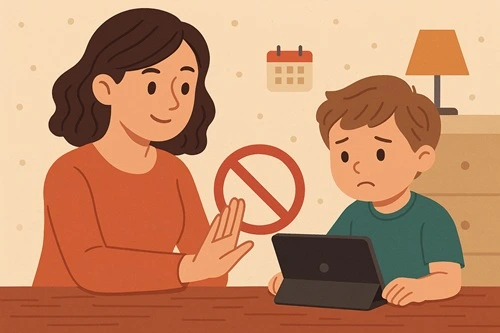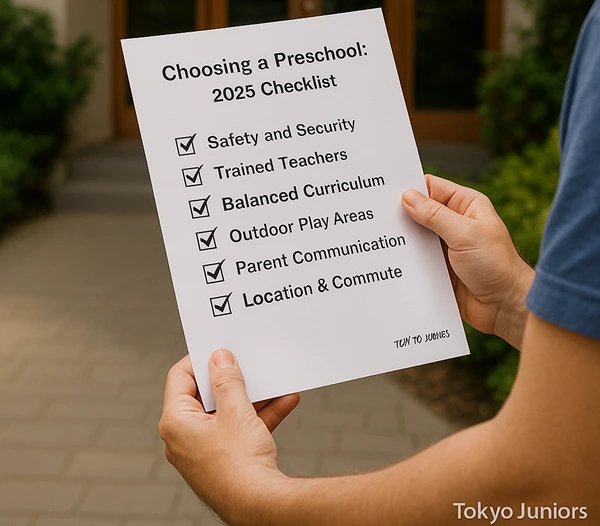In today’s tech-driven world, screens are everywhere — TVs, tablets, smartphones, even smart toys. While digital tools can be educational, too much screen time can affect a preschooler’s sleep, behavior, and development.
Here’s how parents and teachers can find the right balance.
Why Limiting Screen Time Matters
The American Academy of Pediatrics recommends no more than 1 hour per day of high-quality screen time for children aged 2–5. Too much screen exposure at an early age has been linked to:
- Reduced attention span
- Delayed language development
- Poor sleep quality
- Increased behavioral issues
1. Choose Quality Over Quantity
Not all screen time is bad. Educational programs like Sesame Street or interactive apps like Khan Academy Kids can support learning. Choose age-appropriate, ad-free content.
2. Set Daily Limits & Routines
Create a screen time schedule — e.g., 30 minutes after lunch or 20 minutes before dinner — and stick to it. Avoid screens 1 hour before bedtime to protect sleep.
3. Watch Together & Talk
Co-viewing content allows parents to discuss what’s being watched, ask questions, and reinforce positive messages. It turns passive viewing into an interactive experience.
4. Offer Alternatives
Boredom often leads to screen time. Offer alternatives like:
- Storybooks
- Building blocks
- Outdoor play
- Art and craft projects
5. Be a Role Model
Children mimic adults. If you’re glued to your phone, they’ll want to be too. Practice mindful screen habits yourself to set a healthy example.
Final Thoughts
Digital tools are here to stay — and they can be helpful when used wisely. The goal isn’t to eliminate screens, but to guide your child toward a balanced digital lifestyle that supports growth and well-being.



